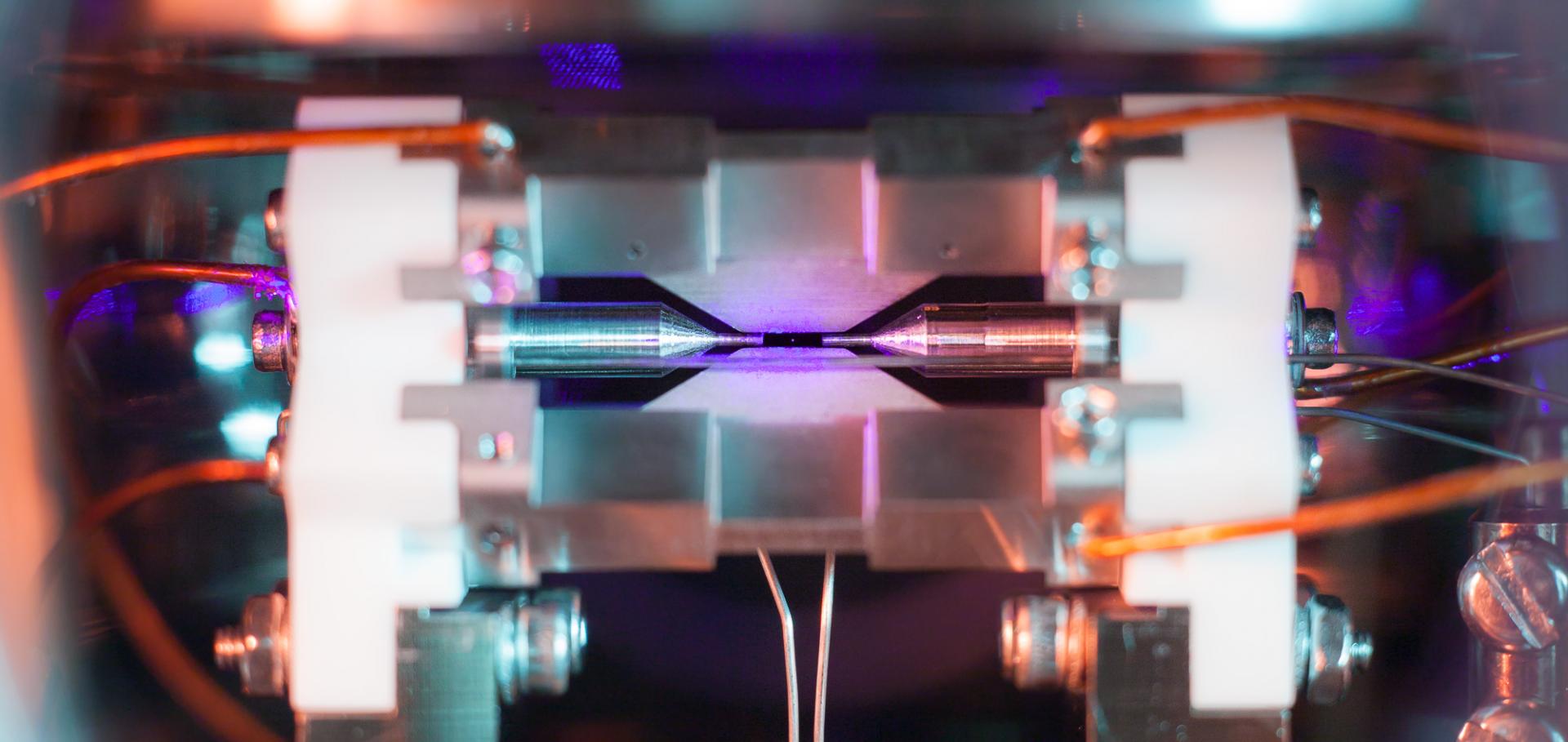Individually-addressed quantum gate interactions using dynamical decoupling
(2023)
Entanglement-Enhanced Frequency Comparison of Two Optical Atomic Clocks
Institute of Electrical and Electronics Engineers (IEEE) 00 (2023) 1-1
Non-commuting dynamics in light-ion-interactions in an ion trap system
Morressier (2023)
Standing-wave Mølmer-Sørensen gates on a quadrupole transition*
Morressier (2023)
Surface-electrode ion trap design for near-field microwave quantum gates
Applied Physics B Springer Nature 129:6 (2023) 89


